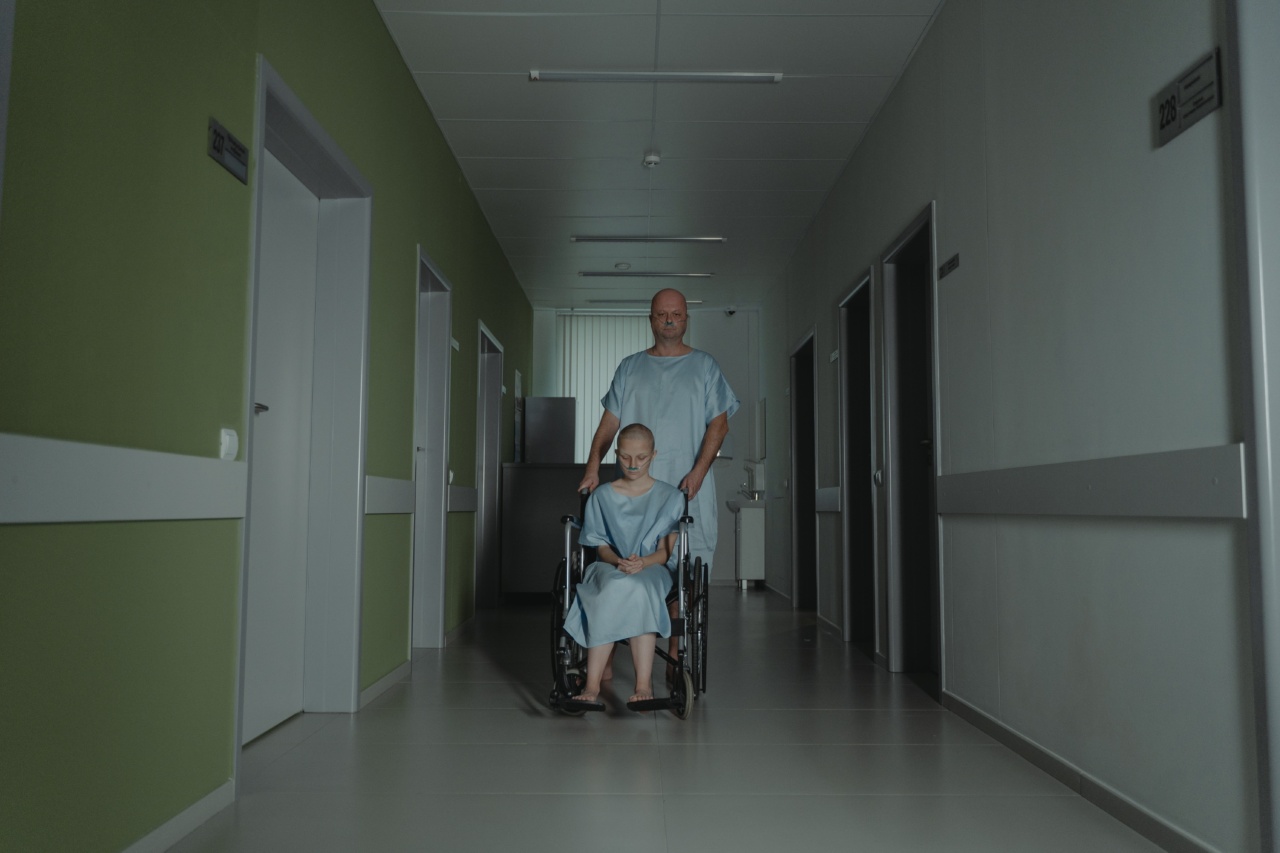Venous thrombosis is a serious health problem that can affect anyone, but cancer patients are at a higher risk of developing this condition. Venous thrombosis occurs when a blood clot forms in a vein, causing poor blood circulation.
This can lead to dangerous complications, such as pulmonary embolism, stroke, heart attack, and death. In this article, we will discuss the dangerous complications of venous thrombosis in cancer patients.
What Is Venous Thrombosis?
Venous thrombosis is a medical condition in which a blood clot forms in a vein, usually in the leg or pelvis. This condition can cause swelling, pain, and poor blood circulation.
Venous thrombosis is a serious health risk because the blood clot can break free from the vein and travel to the lungs, causing a pulmonary embolism. Pulmonary embolism can be life-threatening if not treated promptly.
There are several factors that can increase the risk of developing venous thrombosis, including:.
- Cancer
- Age over 60
- Prolonged bed rest or immobility
- Pregnancy
- Blood clotting disorders
- Recent surgery or injury
Cancer and Venous Thrombosis
Cancer patients are at a higher risk of developing venous thrombosis because cancer can alter the blood clotting process. Cancer cells produce substances that can cause blood to clot more easily than normal.
Additionally, cancer patients may have weakened blood vessels or a weakened immune system, which can increase the risk of blood clots.
The risk of venous thrombosis varies depending on the type of cancer. Patients with pancreatic, lung, and stomach cancers are at the highest risk, while those with breast and prostate cancers have a lower risk.
Chemotherapy and radiation therapy can also increase the risk of venous thrombosis.
Dangerous Complications of Venous Thrombosis in Cancer Patients
Pulmonary Embolism
Pulmonary embolism is the most dangerous complication of venous thrombosis in cancer patients. When a blood clot breaks free from a vein and travels to the lungs, it can block blood flow and cause a pulmonary embolism.
This can cause shortness of breath, chest pain, and rapid heartbeat. In severe cases, pulmonary embolism can cause respiratory failure and death.
Stroke
Cancer patients who develop venous thrombosis are also at risk of having a stroke. A blood clot that travels to the brain can block blood flow and cause a stroke. This can result in paralysis, speech difficulties, and other serious complications.
Heart Attack
When a blood clot blocks blood flow to the heart, it can cause a heart attack.
Cancer patients who develop venous thrombosis are at risk of having a heart attack, especially if they have other risk factors, such as high blood pressure or high cholesterol.
Post-Thrombotic Syndrome
Post-thrombotic syndrome is a chronic condition that can occur after a patient has venous thrombosis. This condition is characterized by long-term swelling, pain, and skin changes in the affected area.
Post-thrombotic syndrome can cause discomfort and can lead to other complications, such as venous ulcers.
Venous Ulcers
Venous ulcers are open sores that develop on the skin as a result of poor blood circulation. These ulcers can be painful and difficult to heal.
Cancer patients who develop venous thrombosis are at risk of developing venous ulcers, especially if they have post-thrombotic syndrome.
Recurrent Venous Thrombosis
Patients who have had venous thrombosis are at risk of developing recurrent blood clots.
Cancer patients who develop venous thrombosis are at a higher risk of having recurrent blood clots, especially if they have other risk factors, such as immobility or a history of blood clotting disorders.
Death
Untreated venous thrombosis can lead to serious complications, such as pulmonary embolism and stroke, which can be life-threatening. In severe cases, venous thrombosis can lead to death.
Prevention and Treatment of Venous Thrombosis in Cancer Patients
Prevention and early treatment of venous thrombosis are key to reducing the risk of dangerous complications in cancer patients. Some preventive measures include:.
- Maintaining a healthy weight and exercising regularly
- Avoiding prolonged periods of sitting or standing
- Taking blood-thinning medication as prescribed by a doctor
- Wearing compression stockings to improve blood circulation
Treatment for venous thrombosis may include the use of blood-thinning medication, such as heparin or warfarin. In severe cases, surgery may be necessary to remove the blood clot.
In some cases, catheter-directed thrombolysis may be used to dissolve the blood clot.
Conclusion
Venous thrombosis is a serious health problem that can have dangerous complications, especially in cancer patients. Pulmonary embolism, stroke, and heart attack are among the most serious complications of venous thrombosis.
Post-thrombotic syndrome, venous ulcers, recurrent blood clots, and death are also potential complications. Early prevention and treatment are key to reducing the risk of complications in cancer patients.


























